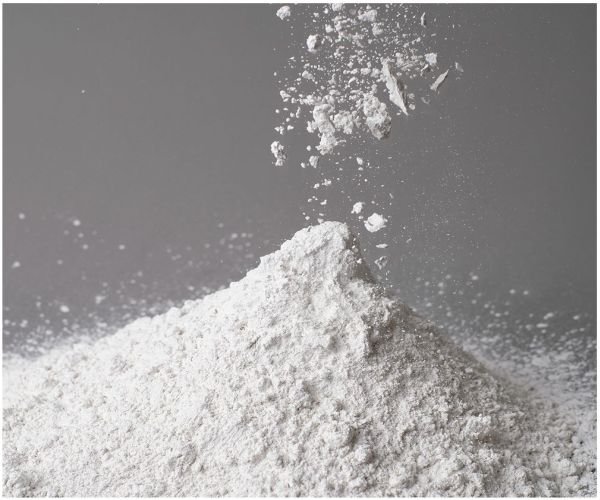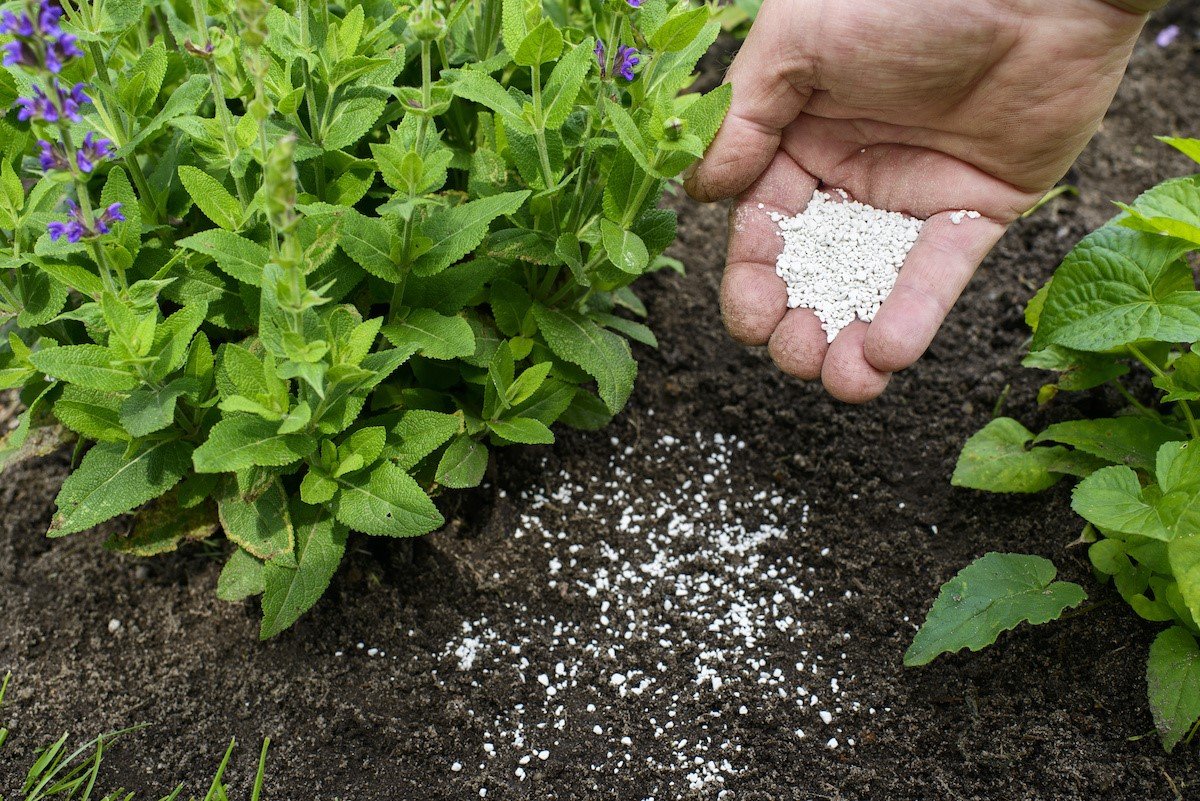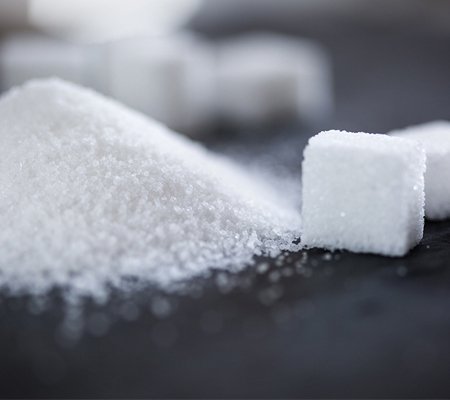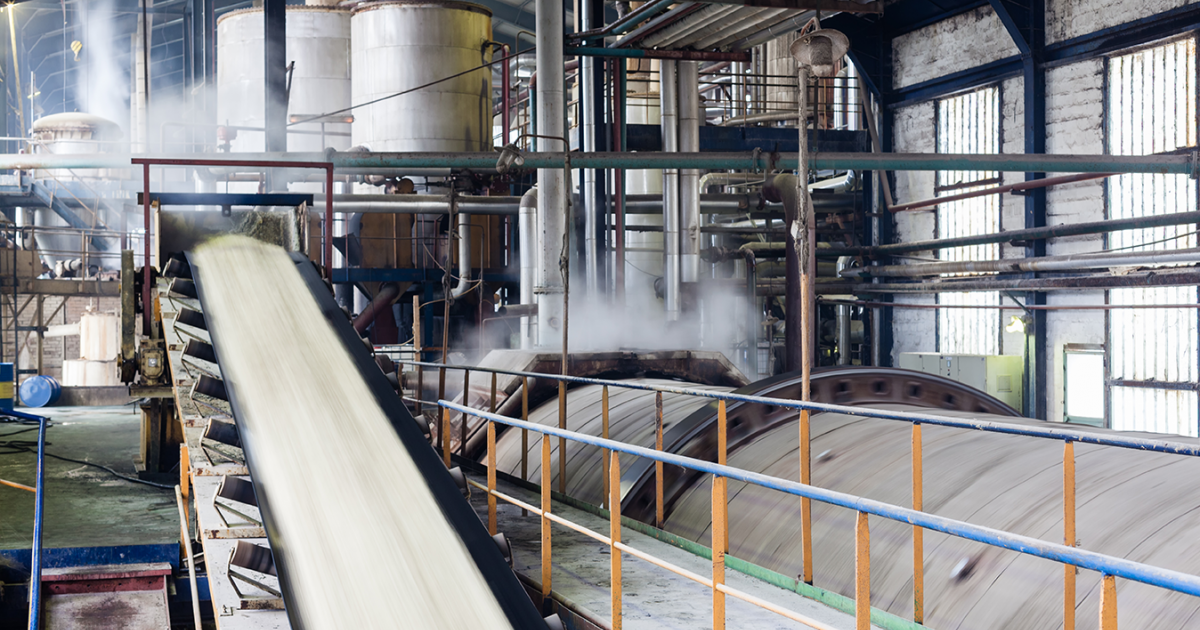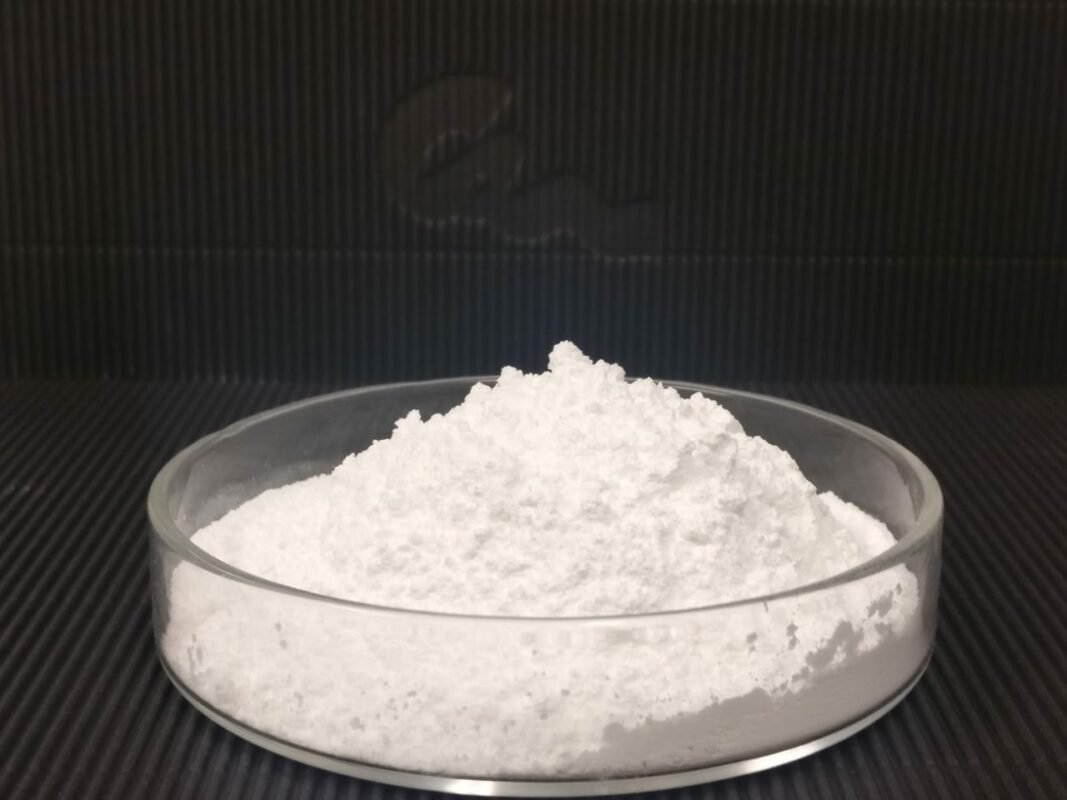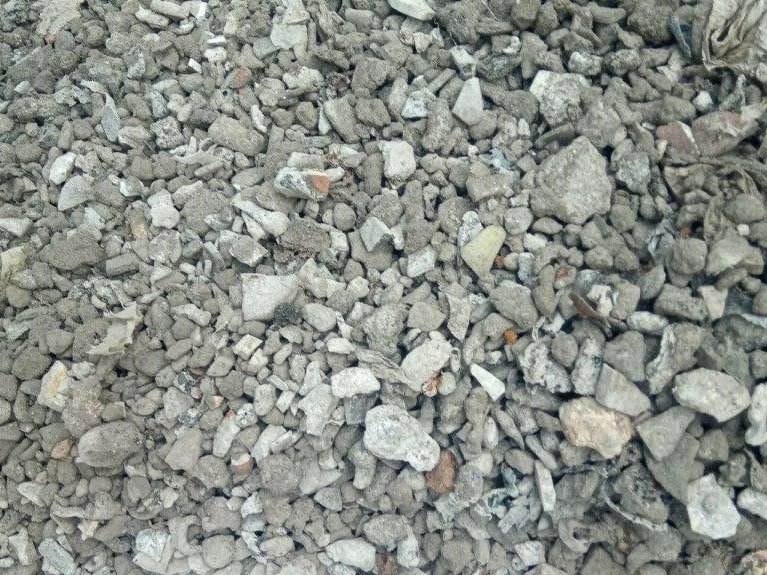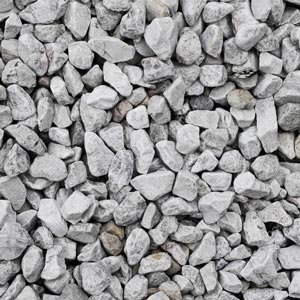A Guide to Evaluating Indian Hydrated Lime Manufacturers
Everything from the mining of limestone through the final application of lime-based mortars and plasters in construction is described in detail in the “lime cycle.” Furthermore, it explains how carbon dioxide is continually reabsorbed by the wall, transforming the lime back into its original chemical form (calcium carbonate).
Fire being applied to lime
Limestone, also known as calcium carbonate or CaCO3, is burned to produce calcium oxide, often known as quicklime or lymphoma. Quicklime and lymphoma are the names given to these byproducts as a group.
Creating a high-quality material requires burning it at a temperature of 900 degrees Celsius. Its reactivity in the lime cycle’s slaking and carbonating phases depends on the temperature at which it is burned. Now that it has been manufactured by hydrated lime manufacturer in India, the lime is at its most combustible and dangerous stage.
Drinking Limeade
The next step is to slake the burnt lime or quicklime, which means quickly combine it with water. Air-slaking, a process that begins as soon as the material is burned, accelerates the degradation. Quicklime (CaO) and water combine to create calcium hydroxide (Ca(OH)2), commonly known as slaked lime and heat (H20). There are three main techniques to sidestep Quicklime, and they are as follows:
You can make hydrated lime or bag lime if you don’t have access to water, or you can turn wet sand into a hot mix if you have more than you need.
The accretion of time over a period of years
Lime becomes set when it takes in atmospheric carbon dioxide in the form of water. The process is known as carbonation. Direct heaters or dehumidifiers are not useful and may cause failures since they don’t create the ideal conditions necessary for water-borne carbon dioxide (CO2) to be absorbed. Since the’set’ or carbonation process needs time to develop (it’s not just drying), a slower set is preferable (it is not a case of simply drying).
Application Techniques for Quick Lime in India
The Sugar Industry
Without hydrated lime, neither sugar cane nor sugar beets can be processed into sugar. Despite the reduced volume, it is also used to refine sugar from sources like maple.
Extracting the juice from sugar cane and sugar beets and then processing them with water results in a raw juice. The acidity of this drink, combined with the dirt that has been dissolved in it, makes it taste awful. The addition of hydrated lime to the juice increases its pH and promotes a reaction between the dirt and the juice that results in the formation of insoluble calcium organic compounds, which are then used to wash away the filth. Excess lime is eliminated during the carbonation process. This procedure can be repeated as often as necessary until the final product reaches the required purity.
Dolomitic limestone, after heated in a kiln, yields two distinct types of dolomite: the refractory “dolomite” (also known as Doloma) and the fettling category “dead-burned dolomite” (often referred to as DBD). To make quicklime, manufacturers follow a procedure very similar to that used to create conventional lime, with the exception of substantially longer burning times and higher temperatures (in the range of 1600–1850 degrees Celsius). Ultra-pure dolomite is heated to extreme temperatures in rotary kilns, where it is separated from any remaining impurities. Refractory bricks, used for the linings of cement and lime rotary kilns, as well as steel tanks and refining vessels, require exceptionally pure dolomite.
Last words Massive amounts of lightly burned dolomitic lime provided by hydrated lime manufacturers in India are used as an input in the production of synthetic refractory grade magnesia (MgO). Quicklime is dissolved in magnesium chloride brine and then precipitated to create magnesium hydroxide. By heating to a high temperature in a kiln, mag-hydroxide is converted into a magnesium oxide that is both pure and dense. Refractory magnesia is used for linings in cement and lime kilns, in addition to its more obvious applications in steel vessels and furnaces.



